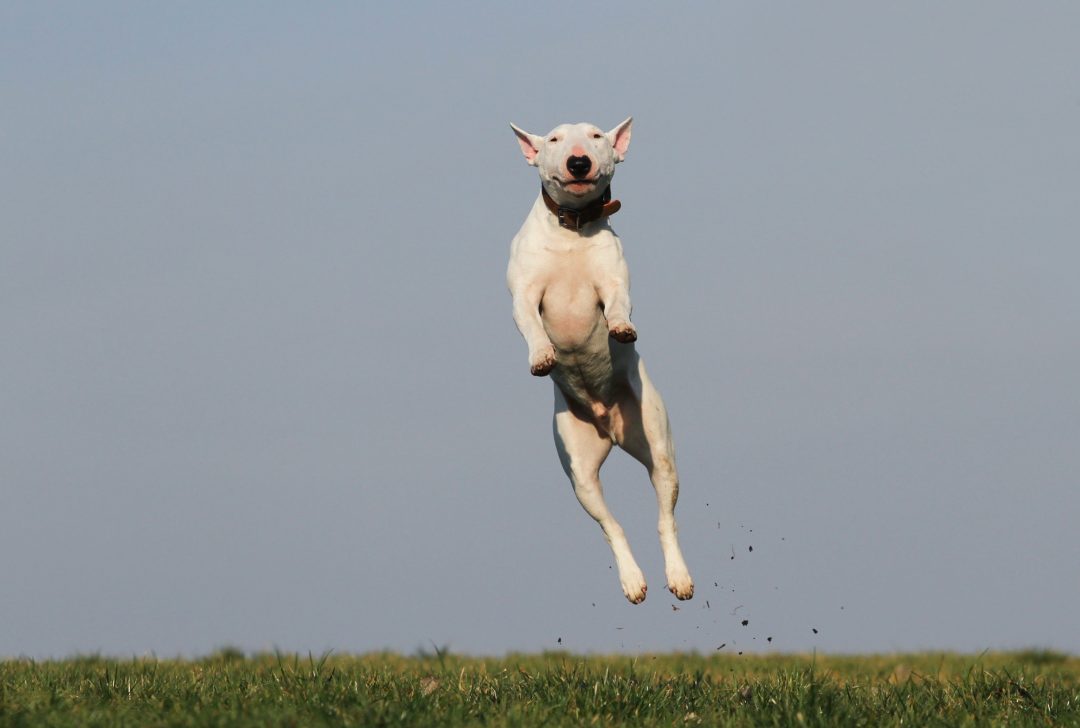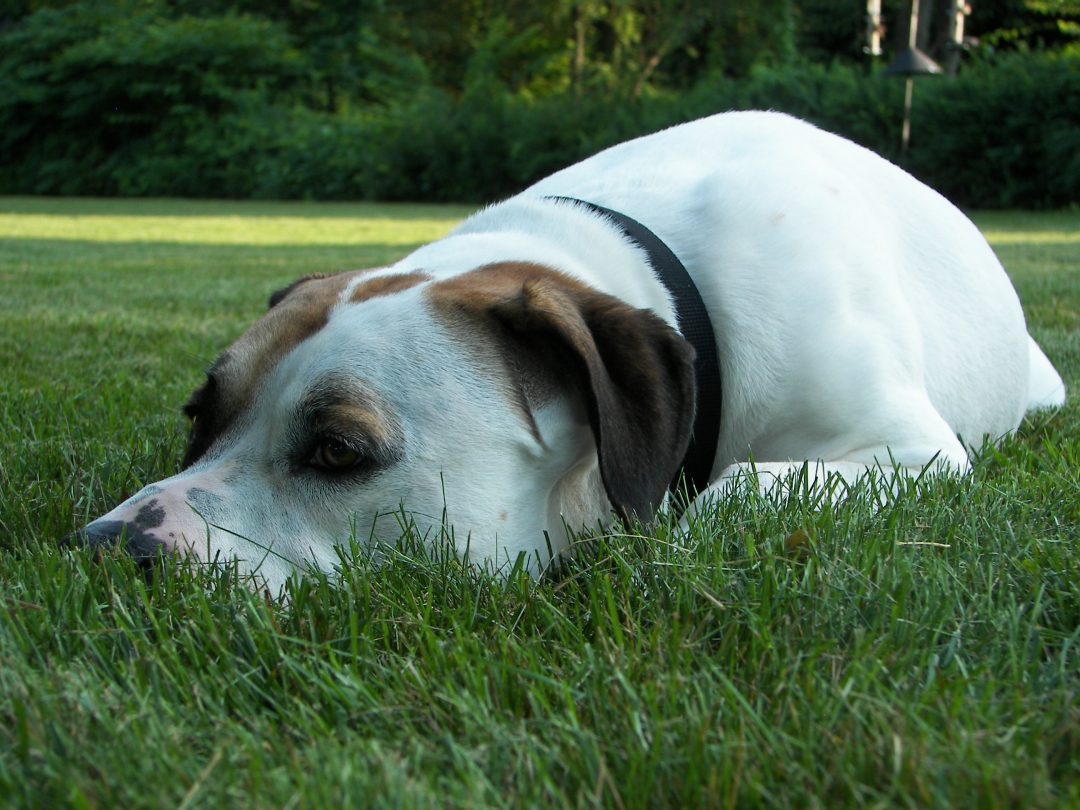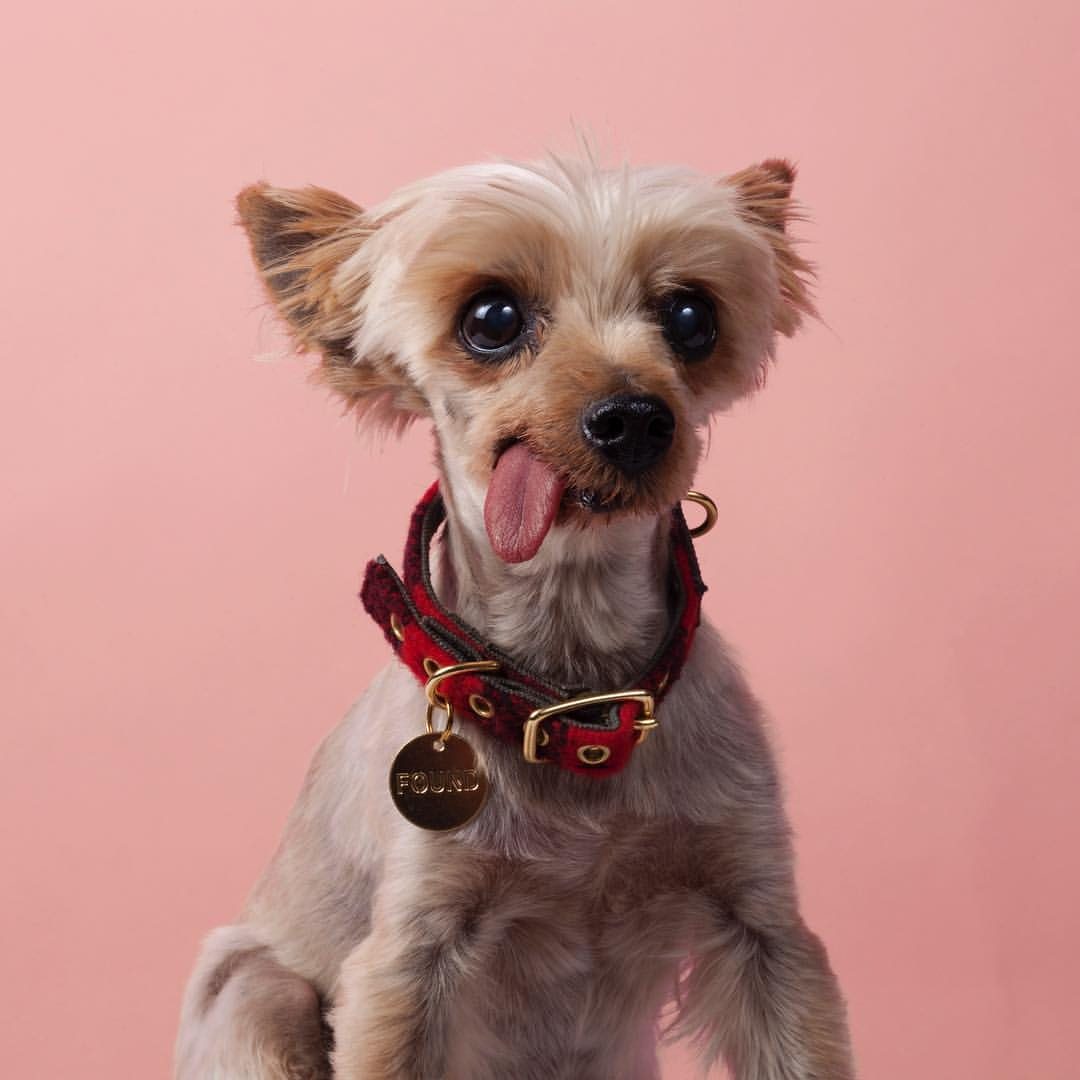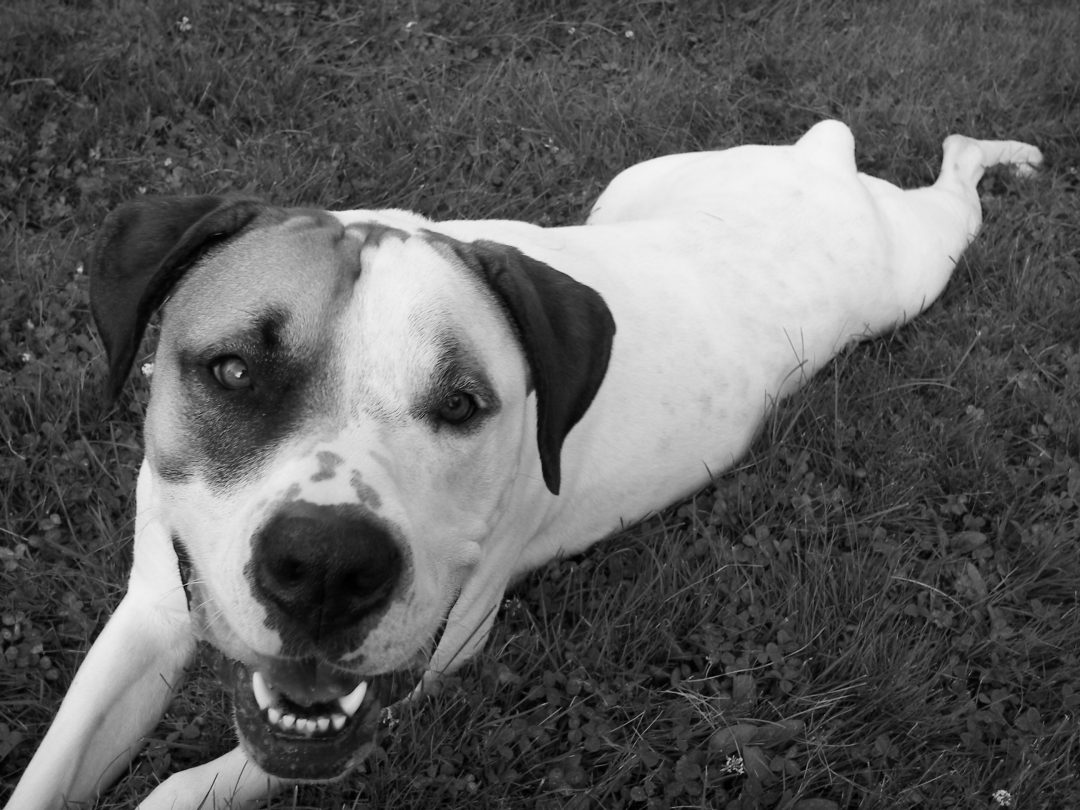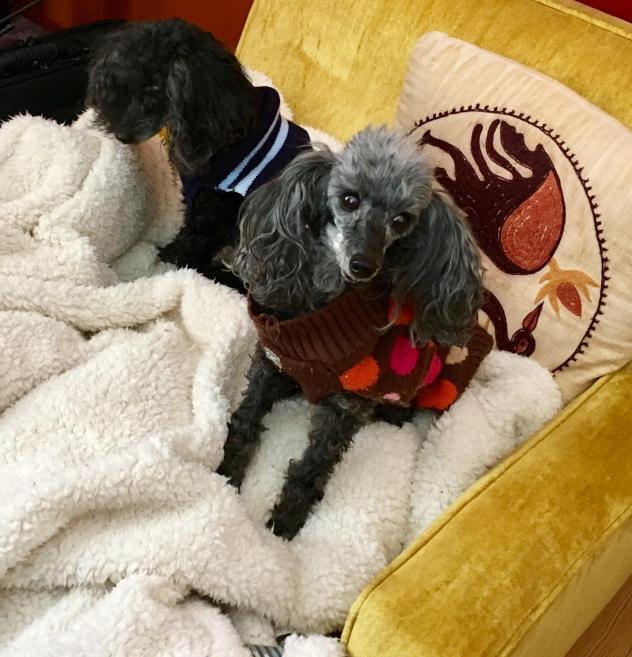Dear Ms. Deborah,
I saw that you offer dog training advice so I am wondering if you can help me with my dog jumping on everyone. How do I get this big lug to stop jumping on me or my family? When anyone comes in the door or visits, my husband thinks it is funny and encourages it when he comes home.
Sincerely, Frustrated Wife
Dear Frustrated Wife,
I am so sorry that you are experiencing this exuberant greeting from your dog, but it is not uncommon. Dogs jump up for many reasons. One, it is a form of greeting and if rewarded, it will continue. Two, if the dog adds in licking of the face, it is offering a peacemaking behavior and hoping someone will regurgitated their food. As gross as this sounds, it’s a win for him.
Before I begin on the steps of how to train your dog to stop jumping, you will need to express the importance to all of your family of why it shouldn’t take place. If anything was to happen to a small child or to grandma, all of you would be heart broken. You can explain to your husband that your buddy can continue to jump up but only when given permission to do so.
How to train your dog to stop jumping?
- Don’t make a big deal coming or going from your home. Raise your hand, come on! I know that all of you have come in the front or back door all excited, talking in that high pitched baby voice getting your buddy all worked up and BAM, the jump. For me, it is best to come in the home quietly and calmly. This type of entry reduces the excitement at the door.
- Ignoring the behavior you don’t want and redirecting to a behavior you do want. I highly encourage you to watch your dog closely. He will give you a cue of when he is going to jump. If he does jump up, turn your back and don’t encourage it. When he offers four paws on the floor, reward with either a small treat or your attention, calmly. Also, if you have small children coming home from school, please help them get in the door and assist them in training the correct behavior.
- Manage the dog and his environment. As you and your immediate family practice the new ground rules and begin to teach Fido what is expected now, it is important that friends and extended family understand the importance too. Don’t allow your dog to practice the behavior ever. Because the more he practices it, the better he will get at it. You will have people constantly trying to booger up your training by saying that they don’t mind the dog jumping up, but stay the course.
- Tips and Tricks. You can ask friends and family to call or text before coming over so you can manage your dog’s success. It is important to have control of your dog at all times. A leash is a great way to have that control. If you feel that your dog will be unsuccessful greeting people at the door at this stage of his training, you can place him into a secure area until all of the excitement at the door has calmed down. At that time, you can leash and calmly walk him over to greet all of those wonderful people.
- What not to do! This is the part that I beg that you don’t get frustrated. Adding excitement to the situation will only make it worse. Please don’t knee him to the chest, yell, punch, push or cause any other pain to your dog. I have seen many people use alternative methods and it will make your dog become terrified of you and never really learn the behavior that you are asking for in the first place.
If you dog has any other behaviors such as growling or biting with the jumping, I highly recommend you working with a dog trainer that specializes in behavior modification.

